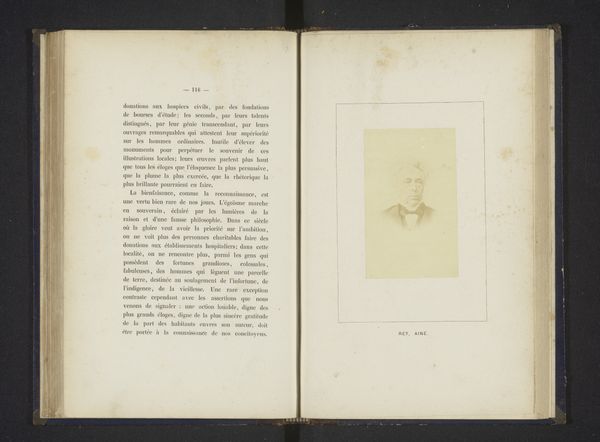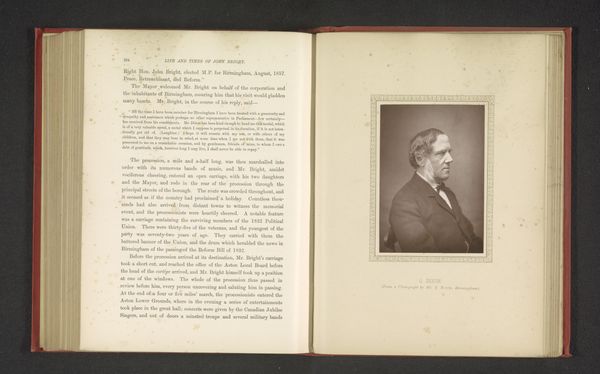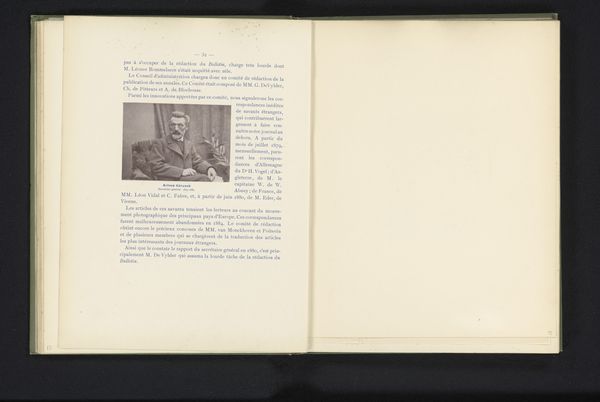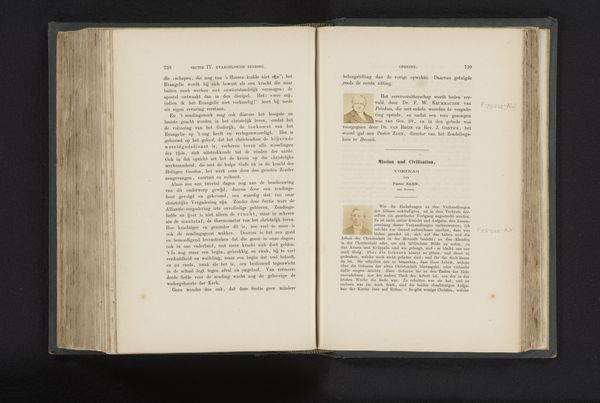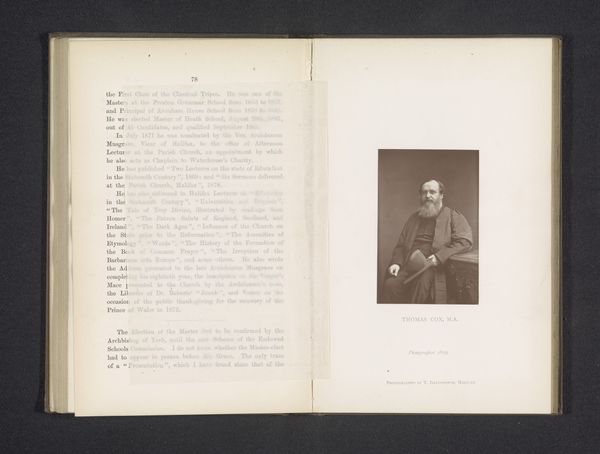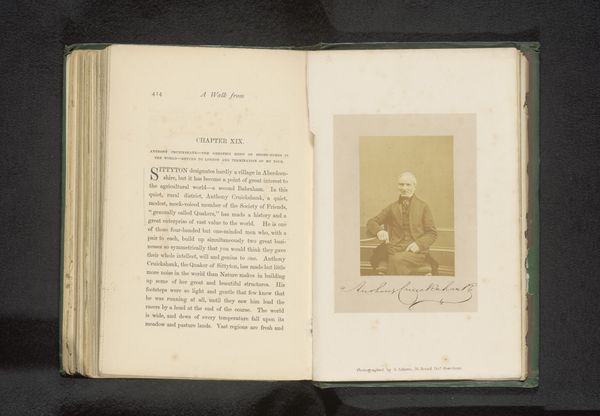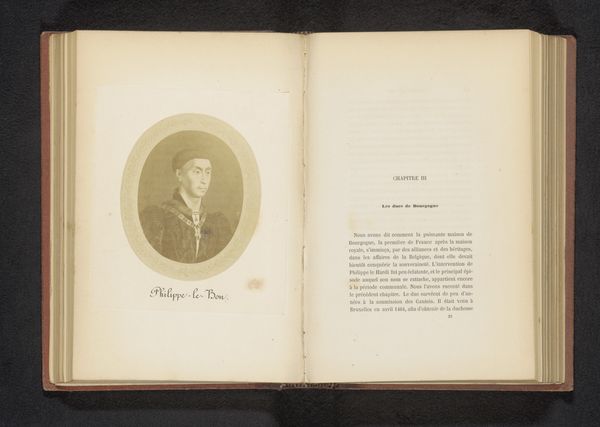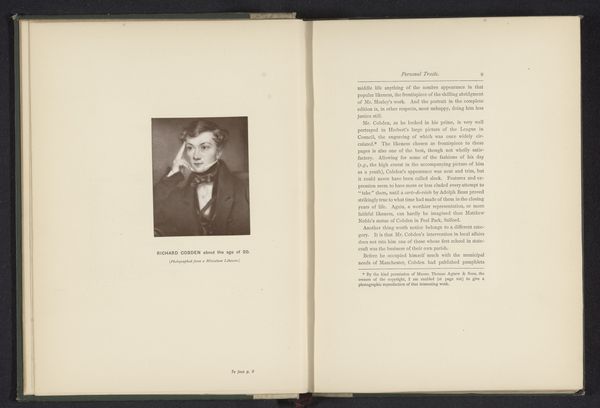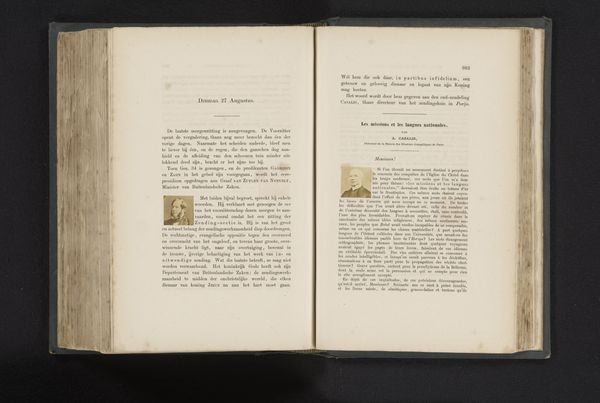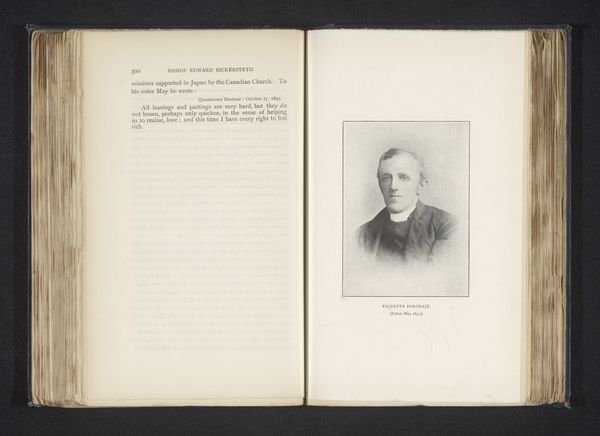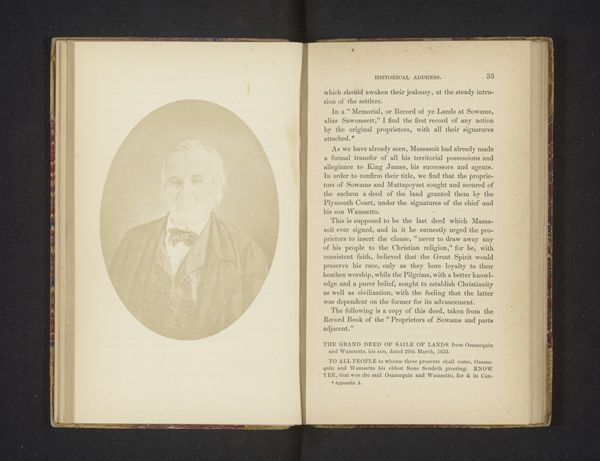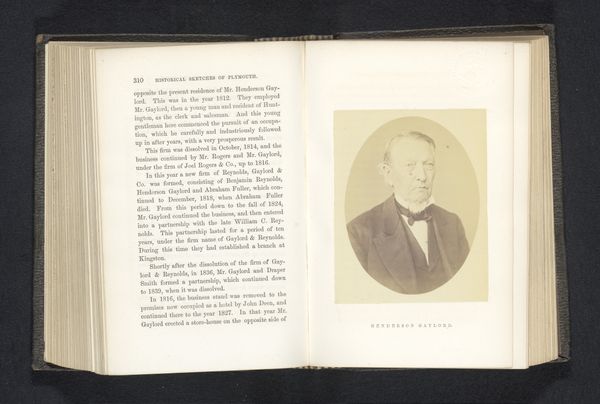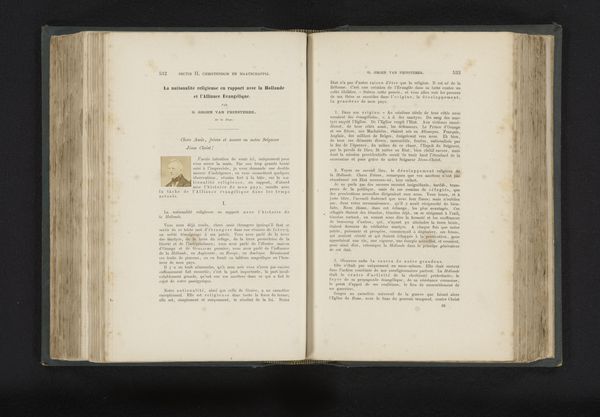
drawing, print, pencil
#
portrait
#
drawing
# print
#
sketch book
#
journal
#
pencil
Dimensions: height 50 mm, width 40 mm
Copyright: Rijks Museum: Open Domain
Editor: So here we have an interesting find—a pencil drawing of Alfred Tennyson from before 1897, included in what looks like a printed book. I’m struck by how intimate the portrait feels, like a glimpse into a private journal. What do you see in this piece, considering its historical and social context? Curator: Well, it’s fascinating to consider this image as existing within a published book. The portrait serves a very specific function within this format – legitimizing the written word, placing a familiar face to the author. Think about the socio-political implications of portraying literary figures: Whose voices get amplified, and why? Editor: That's a good point! Does the placement of his portrait inside a journal mean anything significant about the institutional perception of authors at the time? Curator: Absolutely. The portrait elevates the author, but also creates an intimate, almost voyeuristic, connection between the reader and the subject, like accessing a private, inner world of creativity. It is something like carefully curated self-presentation within the sphere of arts and literature that gained momentum around Tennyson's time. Do you agree that these sketches were political to some degree? Editor: I think so! Before our conversation, I hadn't considered this sort of portrait to carry heavy social implications in that manner. Curator: And that’s where we start understanding how the image-making becomes intrinsically connected to public identity, patronage, and power dynamics operating in that era. It helps us to not simply view this portrait of Tennyson as "just" art, but as a statement. Editor: That's a really helpful perspective, seeing how intertwined this portrait is within its sociopolitical background! Thanks for sharing your expertise.
Comments
No comments
Be the first to comment and join the conversation on the ultimate creative platform.
